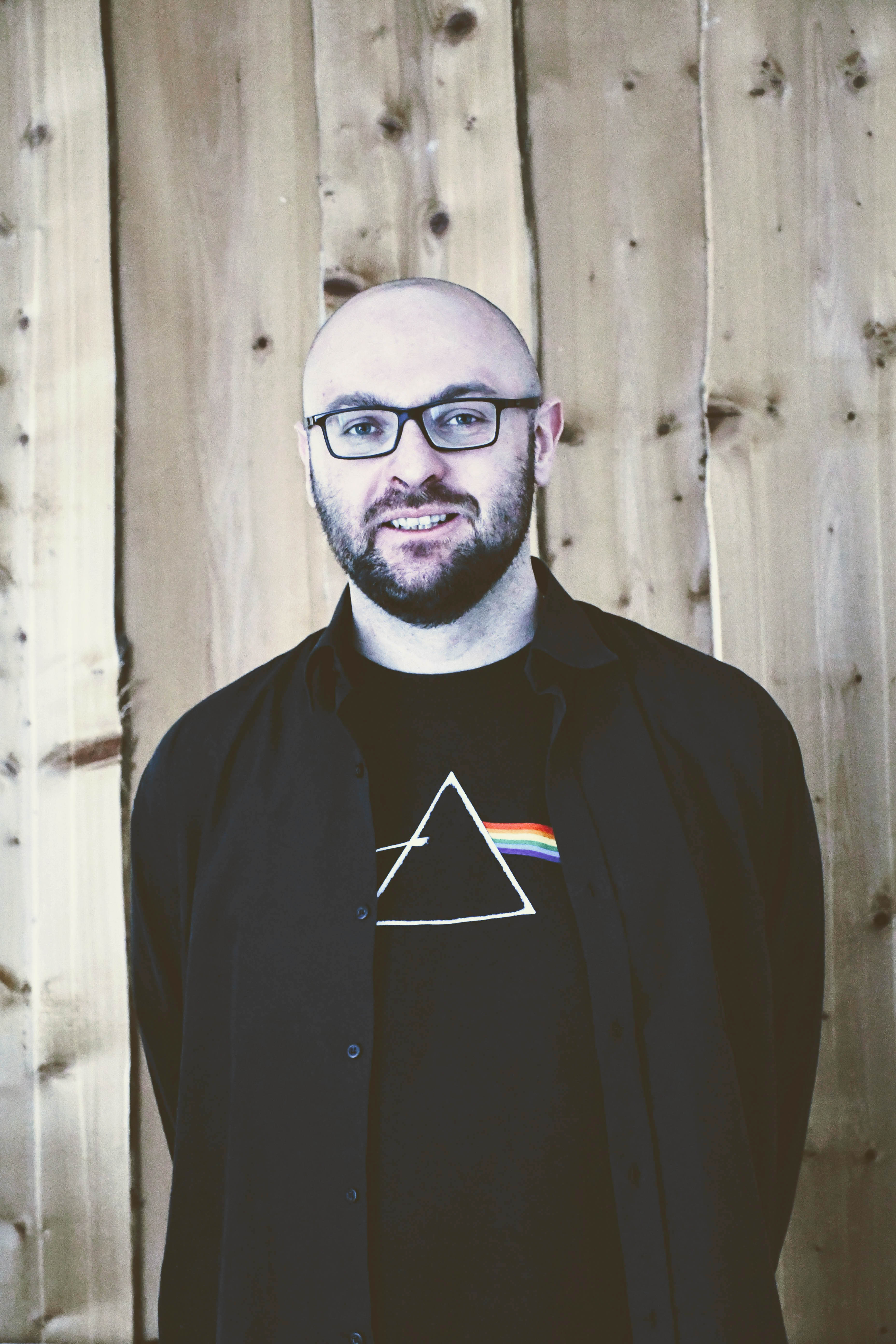“I have always been curious about the mechanisms in nature and I have been lucky to have good teachers who encouraged me in this direction. I studied solid-state physics and did my PhD in this field. I was studying phenomena taking place in so-called strongly correlated electron systems. During my PhD I trained mostly at the ESRF (and briefly at the Swiss Light Source) as a user. During that time, I obtained a short-term scholarship to carry out research at APS in the USA. With geoscientists we looked at how the physics and chemistry of iron oxides change under conditions as extreme as in deep-Earth. After my PhD I went for a post-doc position there in the Optics Group. My main task was research and development of novel crystal- and refractive optics for the free electron laser in the oscillator configuration (XFELO). I enjoy the international environment you find at light sources and I like the idea of an international collaboration in the Middle East. I think it is a good example to give the world.
For me, SOLARIS is the best place in Poland right now for research. I joined about 2 years ago and have been helping with the BEATS project since September 2019. I carry out optical simulations, called ray tracing. We look at how the X-ray light propagates from the source to the sample position depending on a configuration of optics (slits, filters and the monochromator). Each beamline is different and ray tracing is part of the decision process that enables us to decide, for example, on the materials we need for the monochromator. I most enjoy learning about the interpretation of data simulations and working with people who have different experiences to mine and who go about things in a different way to me”.

Tomasz studied technical physics, with a specialty in solid state physics, at the AGH University of Science and Technology, in Kraków, Poland, and continued there for his PhD . He spent 3 years (2015-2018) as a post-doc in the Optics Group at the Advanced Photon Source (Argonne National Laboratory, Illinois, U.S.) where he learned the theory and application of hard X-ray optics. He joined the SOLARIS synchrotron in 2018, where he hopes to make a solid contribution to the construction of the new beamlines based on his experience.
